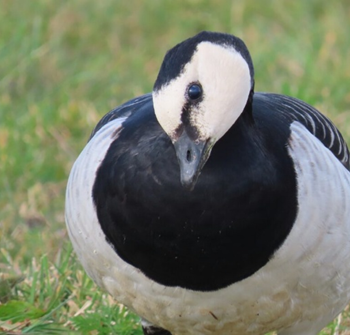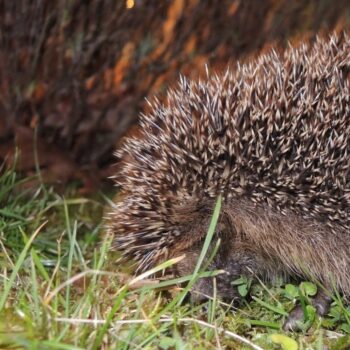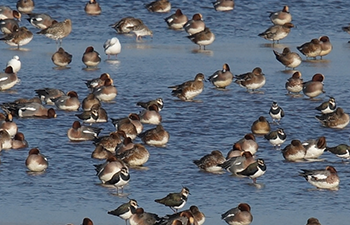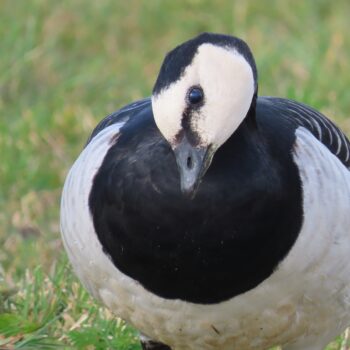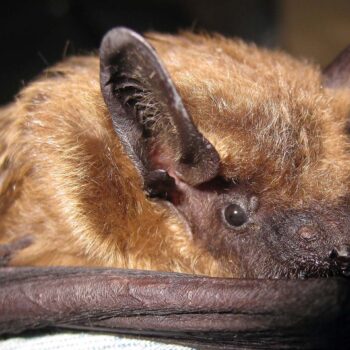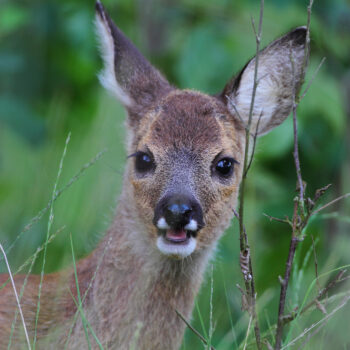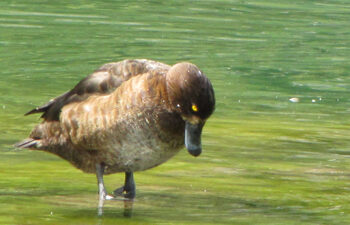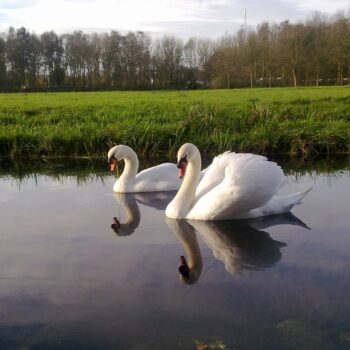Increased vigilance regarding mammals in relation to bird flu
In addition to birds, mammals can also be infected with bird flu. On January 11th, 2025, a fox exhibiting abnormal neurological behavior was found in Hoofddorp. This was reported to the NVWA, after which it tested positive for bird flu.
Read more




